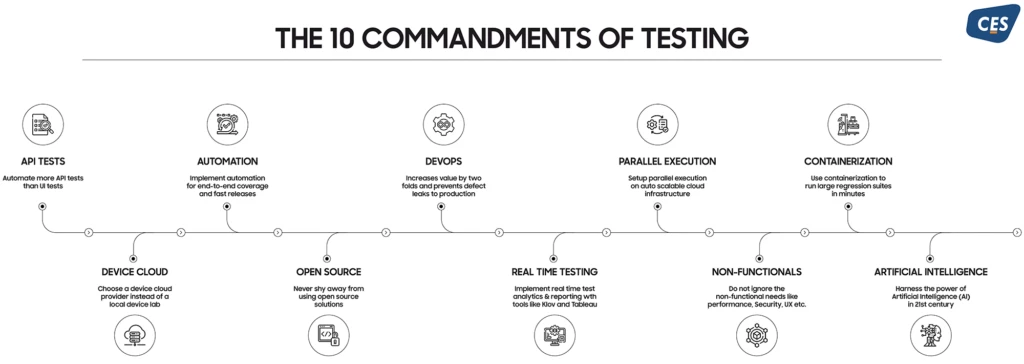Helping Mortgage Lenders Process, Underwrite and Close Loans Faster as Their Trusted Remote Team
Sizzling hot mortgage market
The mortgage lending market is red hot right now and expected to stay this way for a while. Thanks to Fed’s commitment for keeping interest rates low, while continuing to buy mortgage bonds from lenders with no end in sight – already 1+ trillion since March 2020 and counting! Practically, the Fed is encouraging lenders to make as many conforming loans to qualified buyers as possible.
Many lenders are shattering all records for sales and profitability; borrowers are saving money on purchase and refinance loans due to lowest interest rates on record; and even GSE’s (Fannie Mae and Freddie Mac) had a solid revenue in Q3, 2020.
Not everyone is lucky enough
However, opportunities in the market are not evenly distributed. Many mega lenders and servicing vendors are under pressure as borrowers are refinancing homes at lowest interest rates, often elsewhere. Loans in Forbearance are beginning to show a declining trajectory, but it continues to be a hanging sword on the loan servicing segment of the market. Non-QM loan providers are resurfacing after literally disappearing from the market in the early days of the coronavirus pandemic.
Unfortunately, only most qualified borrowers can benefit from the red-hot mortgage market due to strict investor and institutional lending guidelines and practices.
A few mortgage lending drivers in 2021
Keeping the mortgage market aside for a minute, there is no precedence or accurate data models that can predict the end of coronavirus-related disruption to the economy and our personal lives. So far, many economic pundits have been proven wrong who had predicted above 10% unemployment rate throughout 2020 and well into 2021. Also, Q3 2020 GDP showed a startling two-thirds recovery from the 2 trillion hole the pandemic inflicted on the economy. However, these are just a couple of initial “chapters” in the long road to complete recovery.
With this backdrop, below are a few predictions based on the current state of affairs:
- Interest rates: Nobody knows for sure, but odds are better than flipping a coin that mortgage interest rates for many loan programs will increase from the current historic lows to between 3% – 3.5% in 2021. As for the Fed, they are determined to keep interest rates near zero for many years (at least 2023) even it it means higher inflation.
- Refinance market frenzy: – Never say never, but it is unlikely that we will see better refinance rates in years or even decades to come. For many good reasons, refinancing application volume in 2021 will decrease as majority of homeowners would have already refinanced in 2020. However, 2021 will stay a hot refinance market as millions of homeowners who stayed on the sidelines (procrastination or legitimate reasons) will finally come to the refinance party!
- New home purchase market: – If existing trends hold true, new home purchases should significantly increase in 2021. It is a very simple math: 2020 witnessed limited inventory of new homes in the market as builders had limited opportunities to build new homes and lesser confidence for investing in the real estate market. In 2021, new home construction should give a good boost to the economy as well as compensate for decline in the refinance activity.
” Successful lenders move at the speed of the market and win more business! “
Same lending environment but significantly different outcomes
Mortgage lenders of all stripes struggled when coronavirus brought everything to a screeching halt. Many lenders are barely recovering and adopting to the new reality, yet some are thriving by uniquely capturing market opportunities.
For the most part, winners and losers in this context are defined by their ability (or inability for that matter) to deal with the coronavirus reality for their organization and customers.
Successful lenders
- Clear winners are lenders that are able to capture and monetize greater volumes of business at lowest cost, process and close loans quickly, delight borrowers with excellent engagement at every touchpoint, and earn referral business.
- These lenders either already rely on suitable digital lending operations or were able to quickly adopt and embrace technology and processes that allowed their workers to work from anywhere. More importantly, leadership teams in these lending institutions do not cling to legacy operations and traditional ways of thinking and acting as per a playbook that is already obsolete.
Lenders that can be successful
- These are lenders (banks and non-banks) that have equal access to plenty of opportunities. However, they are falling short by a mile compared to successful lenders because of higher origination costs, longer loan closing cycle, and frustrating borrower experience with technology and personnel.
- Prior to the coronavirus pandemic, face-to-face interactions was a primary method to acquire business and build relationship with borrowers. Digital operations and business workflows stayed rigid (even to this day) and could not be sufficiently updated to accommodate much needed help from remote employees and contractors.
CES – Assistance with fully digital and semi-digital lending operations
Whether a loan origination environment is fully or partially digital, CES has proven expertise to deliver significant cost savings and help expedite loan closing cycles as a trusted remote team. In other words, lenders can choose the level and amount of human expertise they need for many loan originations tasks such as loan processing, pre-underwriting, underwriting,and pre-post closing auditing functions.
“Loan Origination is a team sport and empowering underwriters will keep the scoreboard ticking.”
Key lender challenges where CES can help

Loan Processing
- Borrowers do not properly complete loan applications and provide supporting documentation as per minimum requirements for loan programs.
- It is cumbersome and time-consuming for loan processors to deeply inspect every loan application and identify and correct red flags. Despite automation, this is where fault-lines begin to appear as data values and supporting documentation are as unique as borrowers themselves.
CES helps and empowers loan processors by taking responsibility for many back-office tasks that most loan processors do not like doing even during slower seasons as they rather spend time and efforts on building relationships with borrowers. No wonder there is a high attrition rate for loan processors.
Pre-Underwriting
- Most lenders do not have a job function called pre-underwriting. Lenders count on loan processors to wear many hats, most complex of which is to practically function as a junior underwriter. This is in addition to ensuring that loan applications are filled out completely and accurately, while building relationships with borrowers.
- When/if a loan processor’s responsibilities are scaled back, the burden of loan applications’ completeness and compliance is shifted to over-worked underwriters. Loan files are tossed back and forth between underwriters, loan processors and borrowers – causing frustration all around.
CES plugs above-mentioned gaps between loan processors and underwriters by ensuring that loan files are fully ready for underwriting. Also, CES’s pre-underwriting staff can take responsibility for light underwriting tasks.
Underwriting
- Loan Origination is a team sport and underwriters shoulder the burden of scoring points for the team. When a loan is presented to an underwriter for a decision, the underwriter expects for others in the team (loan officers, loan processors, pre-underwriters) to have done their part – provide complete and accurate loan applications with all the supporting documentation for the given loan program.
- Underwriters are well-trained and high-in-demand professionals who should not be forced to slow down due to structural inefficiencies that can have detrimental impact on the business and team morale.
CES’s assistance with underwriting tasks helps loan origination team process and close more loans quickly and most cost effectively. Regardless of a lender’s size, underwriters tend to be extremely busy throughout the year deciding the fate of loan applications – whether to approve, conditionally approve or reject a borrower’s loan application altogether.
CES provides underwriters with most pertinent and accurate information to approve, conditionally approve and reject loan applications as per lending guidelines. Also, we make underwriting recommendations that best align with institutional and regulatory guidelines for both residential and commercial loan programs. For more information or a conversation on how CES can support mortgage lenders and make back-office operations efficient, please contact adrees.rana@cesltd.com or get in touch with us at sales@cesltd.com.







